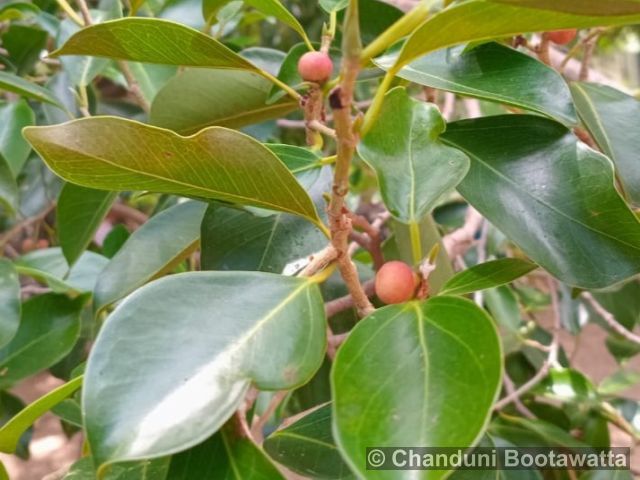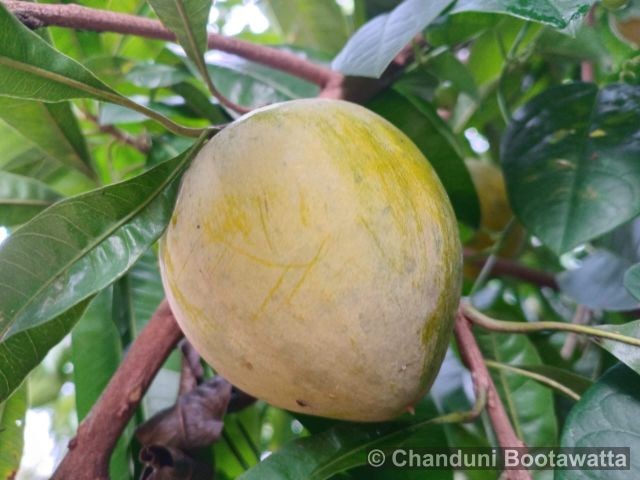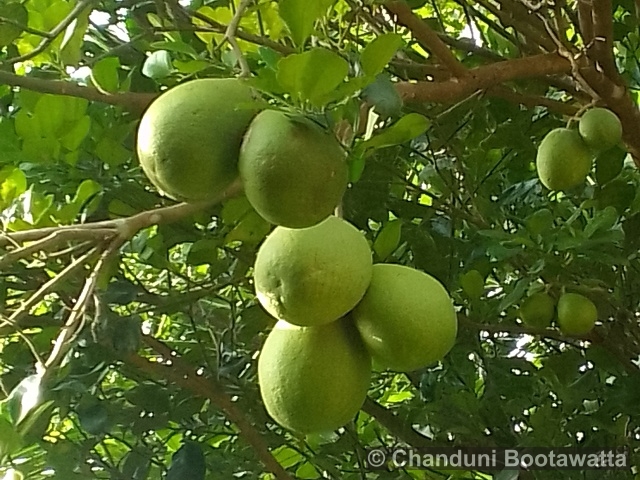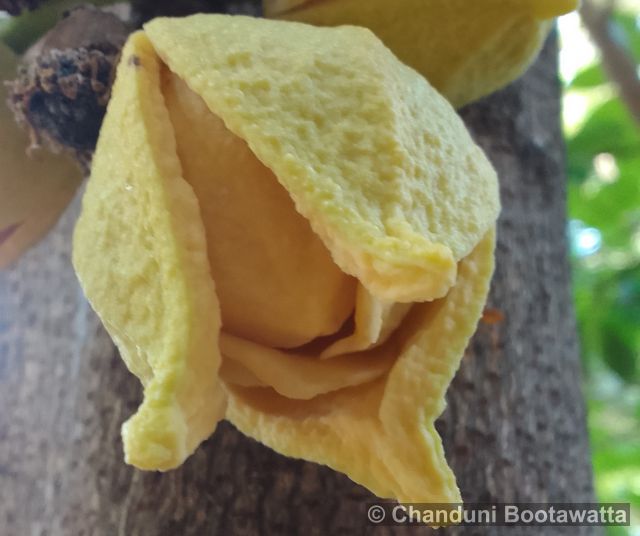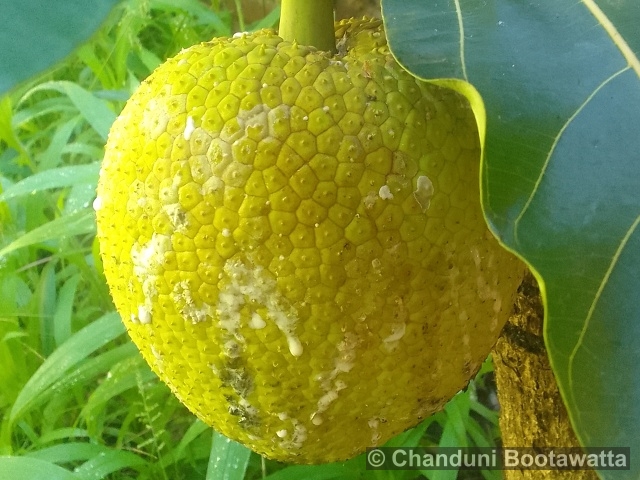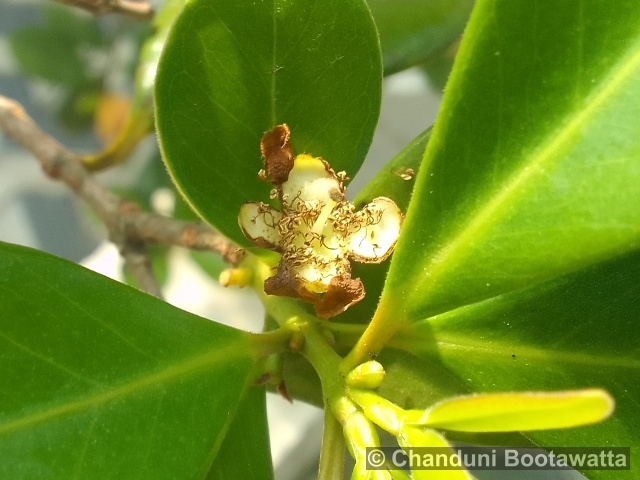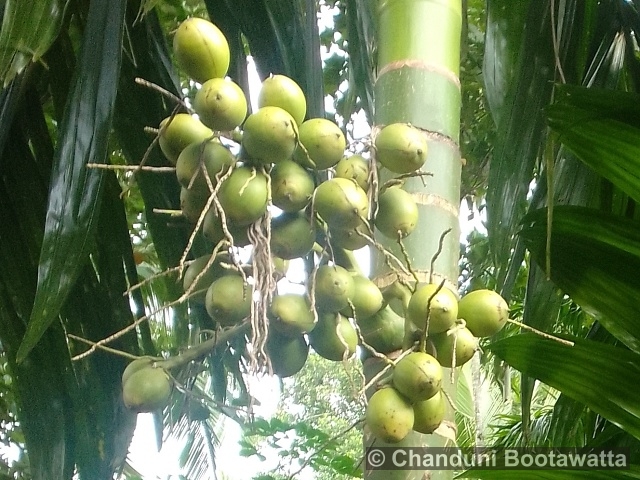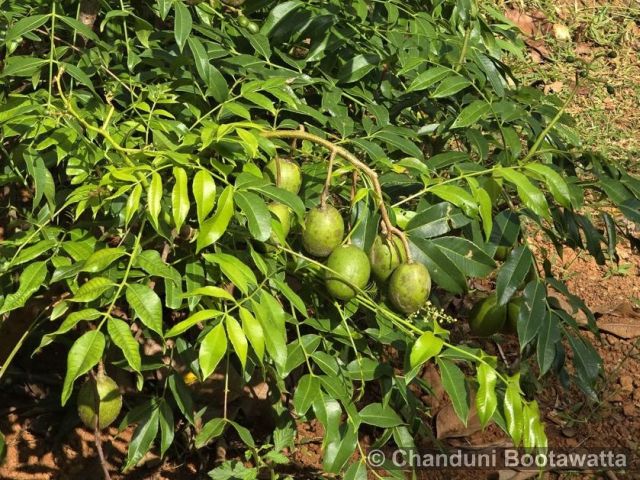Tento příspěvek byl přečten290krát!
Kamaranka (කාමරංකා), belimbing, balimbing, kamias, karambola obecná
Family – Oxalidaceae, šťavelovité
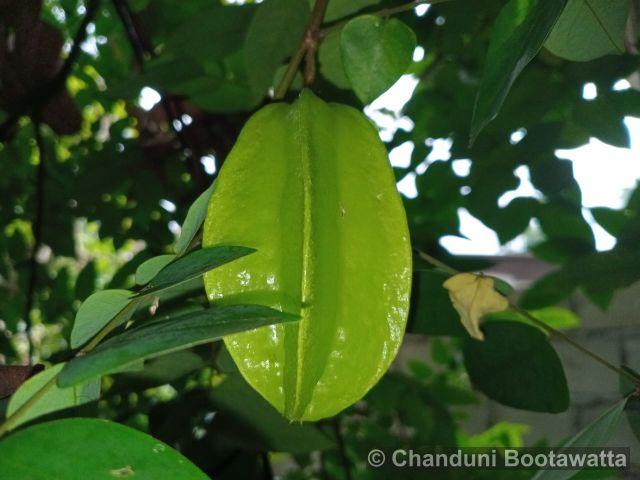
Description: Is a small, bushy evergreen tree.It has a smooth trunk with drooping branches and thrives in tropical climates. The leaves are green, soft, and pinnate, folding at night. Its flowers are small, pink or lavender, and grow in clusters. The fruit is star-shaped when sliced, with a waxy yellow-green skin and crisp, juicy flesh that is sweet-tart in flavor.
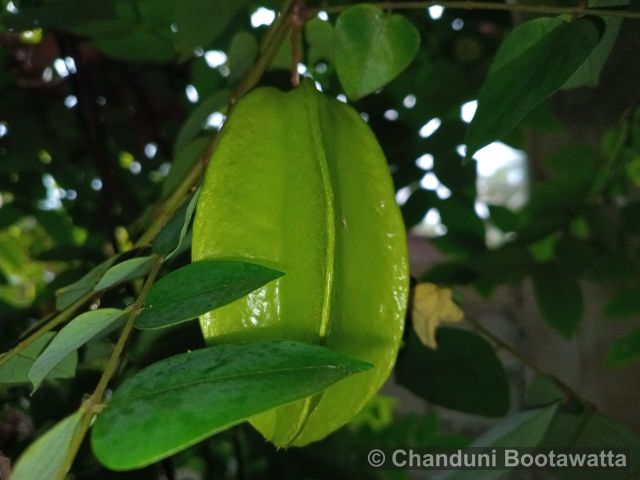
Substitutions – Bilimbi (Averrhoa bilimbi): A close relative of the Star Fruit, the Bilimbi tree is also small and evergreen, thriving in tropical climates. Its leaves are pinnate, similar to the Star Fruit, and its small, greenish-white flowers grow in clusters on the trunk and branches. The fruit is elongated, smooth, and green, with a sour, tangy taste. It is commonly used in cooking, pickling, and traditional medicine, especially for treating coughs, fever, and skin conditions. – Wild Carambola (Averrhoa dolichocarpa): This lesser-known relative of the Star Fruit is native to tropical regions and shares similar characteristics. The tree is small and bushy with pinnate leaves that fold at night. Its flowers are small, pink to purple, and grow in clusters. The fruit is elongated and slightly star-shaped, with a more sour and tangy taste compared to the common Star Fruit. Like its counterpart, it is used in cooking, juices, and traditional medicine for treating fevers, digestive issues, and inflammation.
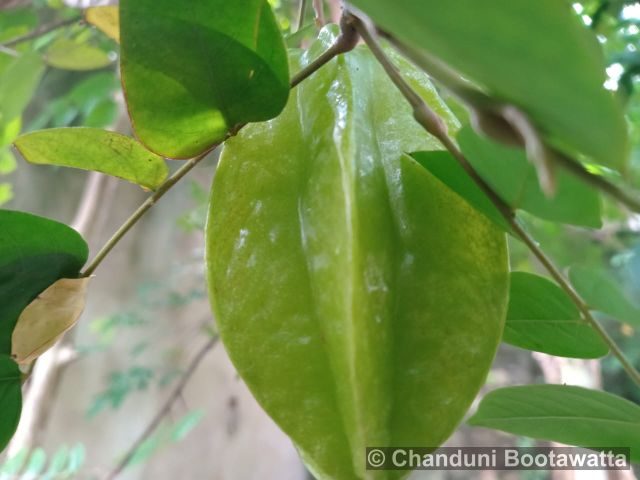
Ecology: Thrives in tropical and subtropical climates, preferring warm temperatures between 20°C to 35°C. It requires well-drained, fertile soil with a slightly acidic to neutral pH. The tree grows best in areas with high humidity and moderate rainfall, around 150-200 cm annually. Full sunlight is essential for healthy fruit production, though it can tolerate partial shade. It is sensitive to frost and waterlogging, making it unsuitable for colder or overly wet regions.
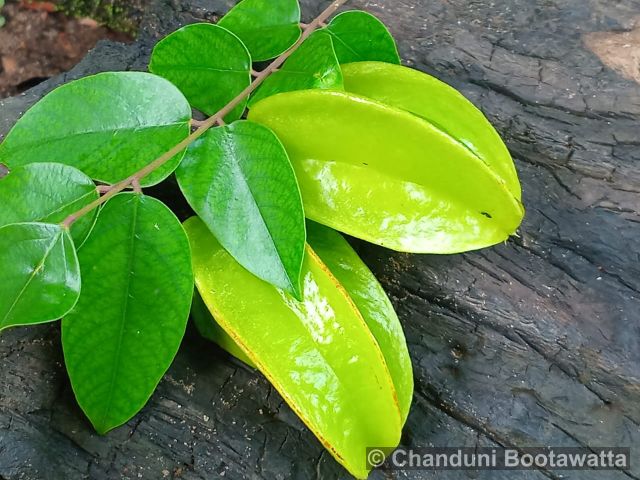
General Distribution: Is native to Southeast Asia but is now widely cultivated in tropical and subtropical regions around the world. It can be found in countries such as India, Sri Lanka, Thailand, Philippines, and Malaysia. The tree has also spread to Central America, Caribbean countries, and parts of Africa, Australia, and South America. Due to its popularity, it is cultivated in many tropical and subtropical regions, including Florida and California in the United States.
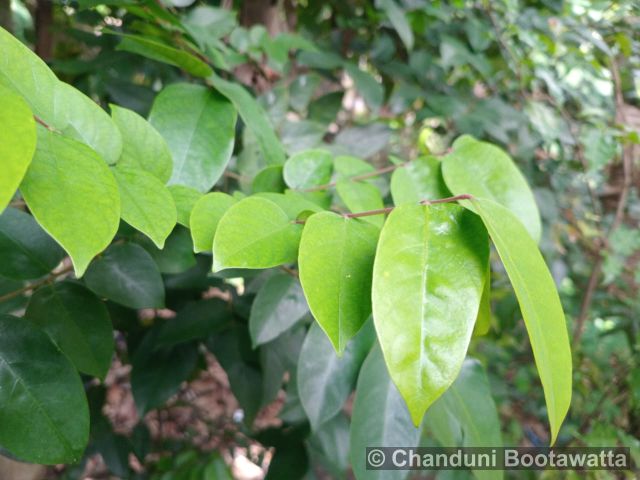
Use: Star fruit is rich in vitamin C and antioxidants, used fresh in salads, juices, or as a garnish. It also has traditional medicinal uses, such as aiding digestion and treating skin issues.
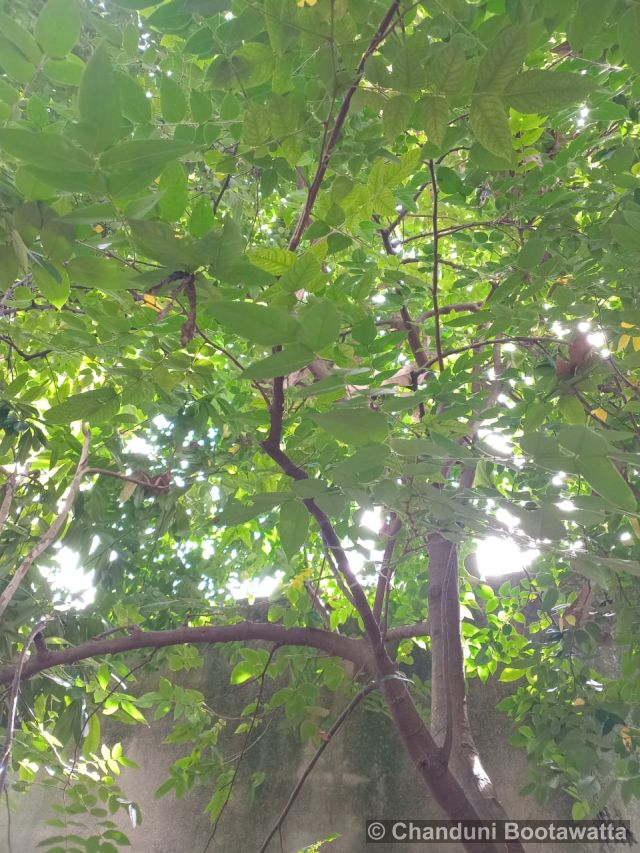
Author of text and photos: Chanduni Bootawatta.
Photographed in Matale, Sri Lanka on 4 January 2025.



 Poslat emailem
Poslat emailem